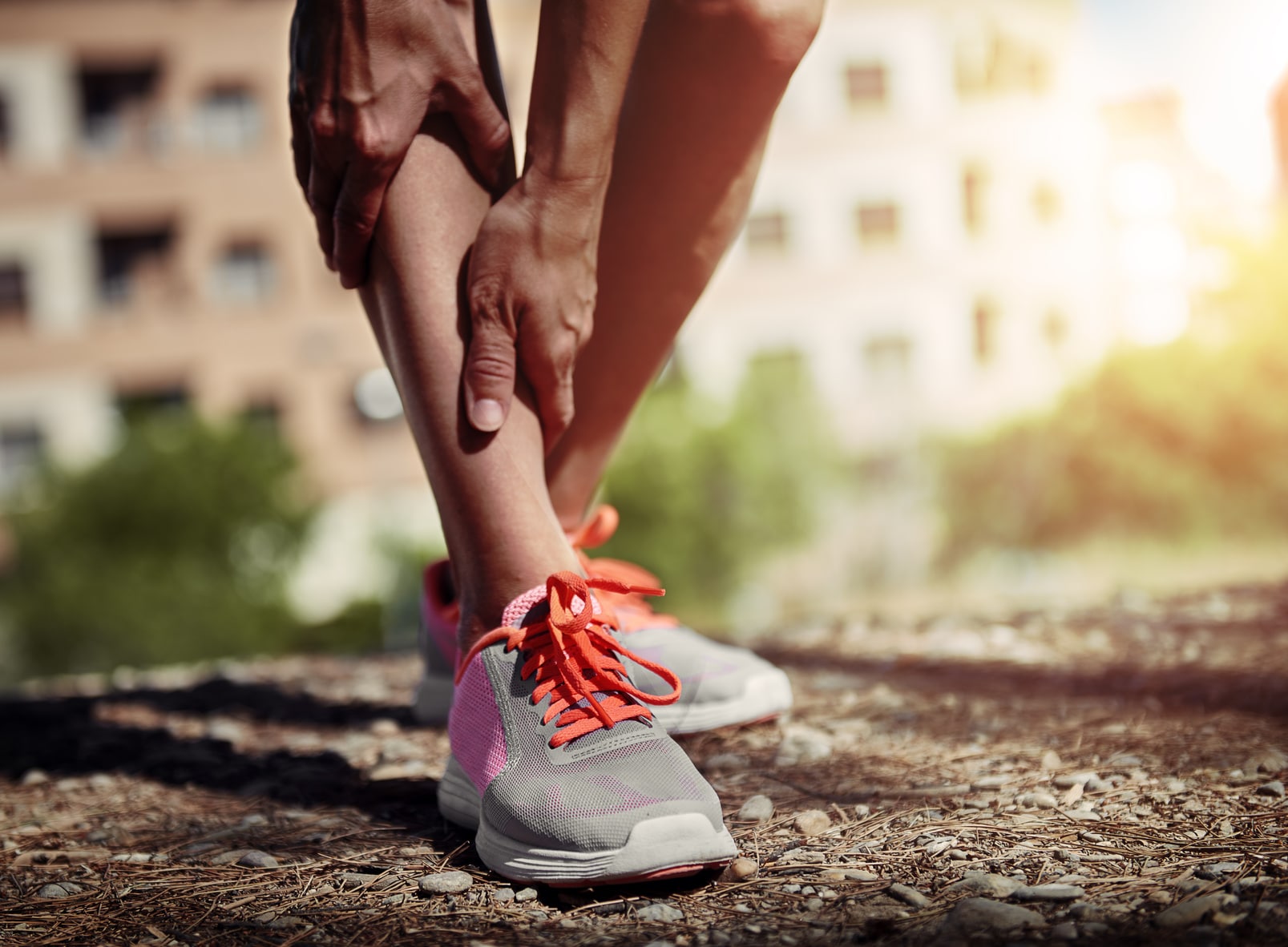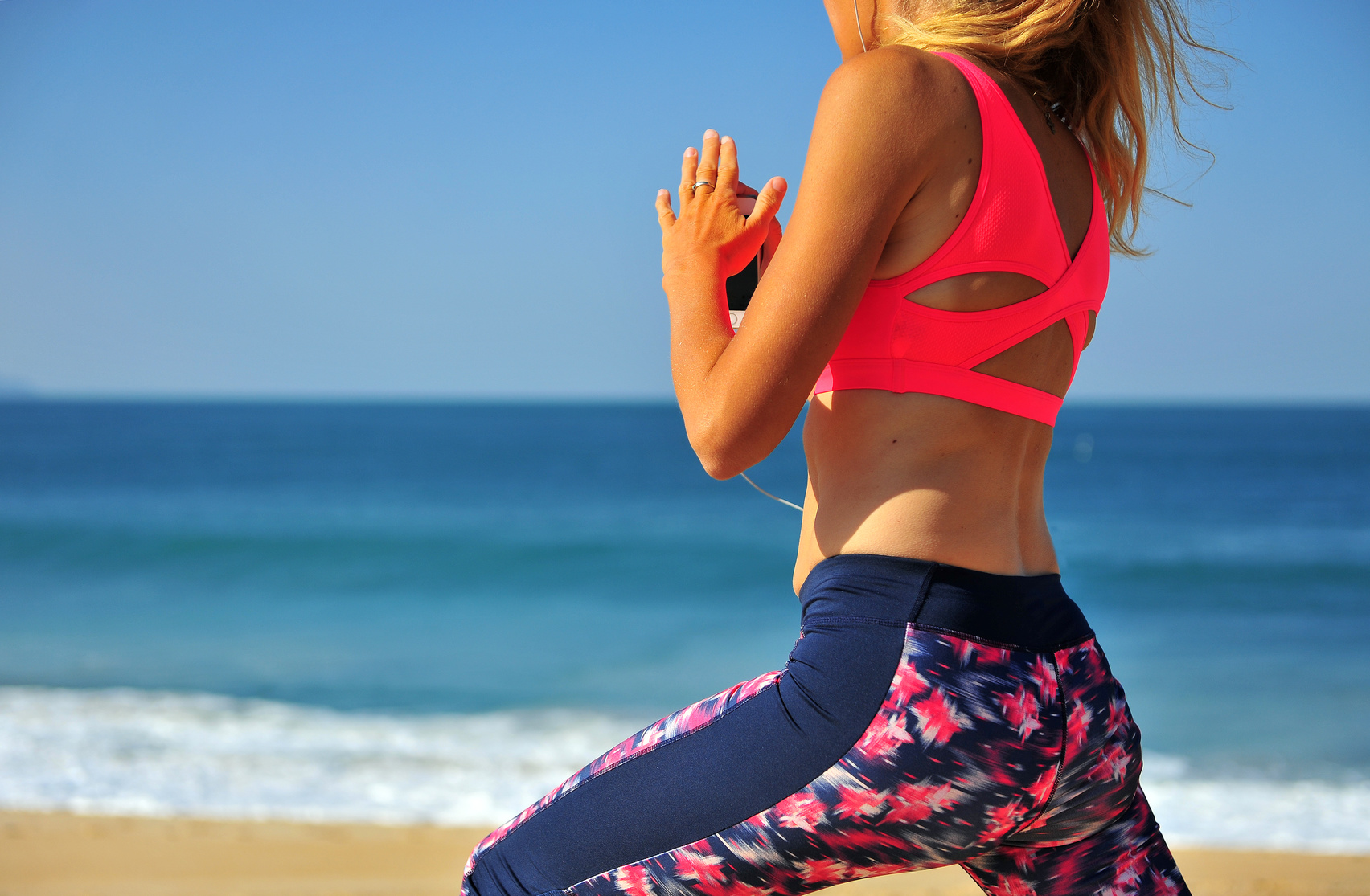Are you tired of dealing with those pesky shin splints that seem to creep up when you least expect them? Well, you’re in luck because today, we’re diving deep into the world of shin splints.
According to the National Institute of Health, shin splints is widespread among runners but also afflicts dancers, gymnasts, and military recruits.
Fortunately, this insidious injury is both curable and preventable.
In today’s guide, I’ll dive into everything you need to know about shin splints, and that includes:
- What are shin splints
- Shin splints symptoms
- The mechanism behind the injury
- What causes shin splints
- Warning signs of shin splints
- How to diagnose shin splints
- How to treat shin splints
- How to get rid of shin splints
- And so much more.
So, lace up your reading shoes because we’re about to dive deep into the world of shin splints and trust me, it’s not as intimidating as it sounds!
The Anatomy Of Shin Splints
Imagine your lower legs as a complex, well-orchestrated symphony of muscles, bones, and tendons. Now, imagine shin splints as the rogue drummer who just can’t keep up with the beat.
In this anatomy crash course, we’re going to break down the cast of characters in your lower legs that can lead to shin splints. It’s like meeting the players before a big game:
The Tibia and Fibula
Now, let’s meet the dynamic duo of the lower leg: the tibia and fibula.
First up, we have the tibia, the heavyweight champ of the duo. It hangs out on the inside, like the guardian of your leg’s inner sanctum. Its main gig? Providing rock-solid support to your knees, hips, and pelvis, keeping your leg structure in tip-top shape.
And on the outside, we’ve got the fibula, the trusty sidekick. It’s like the Robin to the tibia’s Batman, always there to lend a hand—or, in this case, a bone. While it might not be in the spotlight as often, the fibula plays a crucial role in maintaining balance and stability
The Lower Leg Muscles
Now, let’s get to know the muscles that power your lower legs and play a significant role in the shin splints saga
- The Soleus: Think of it as the lower calf muscle, quietly doing its job.
- The Gastrocnemius: This upper calf muscle adds some muscle to the team.
- The Plantaris: Another upper calf player contributing to the shin splints story.
- The Tibialis Posterior: Yet another upper calf muscle with a part to play.
- The Tibialis Anterior, our shin muscle, takes center stage.
These muscles are your trusty sidekicks, responsible for both moving your lower leg and keeping your foot and ankle steady. They’re like the backstage crew making sure the show runs smoothly.
But here’s the twist: when you push these muscles too hard or overwork them, they can pull a little too much on your fibula and tibia bones, leading to the dreaded shin splints.
The Definition Of Shin Splints
Whether you’re a rookie or a seasoned marathon champ, shin splints don’t discriminate. They’ll crash your running party uninvited.
Now, what’s the fuss all about?
Shin splints, also known as the elusive “medial tibial stress syndrome,” are like that nagging neighbor who just won’t leave you alone. They set up camp along the front (the fancy term is “anterior”) part of your shin, cozying up to the inner side of your tibia bone. It’s like they found a comfy couch in your leg and decided to stay.
But here’s the scoop: shin splints throw this relentless shin party due to the constant pounding your bones, tendons, and muscles endure. This relentless dance-off leads to inflammation of the connective tissue, known as fascia, that wraps around and connects your lower leg muscles to the shin bone.
Now, the silver lining here is that shin splints aren’t the villains they seem. They’re more like mischievous troublemakers at the playground—annoying but not truly harmful. Research shows they make up about 10 percent of injuries in male runners and a steeper 16 percent in female runners.
And here’s the kicker: you have the power to kick these shin splints to the curb. Yep, with some early TLC, you can bid them farewell.
Symptoms Of Shin Splints
Picture this: you’re out for a run, feeling all motivated, and suddenly, it hits you. That dull, nagging ache in the front of your shins, almost like your legs are protesting your newfound running enthusiasm.
This discomfort typically sets up camp along a 5-inch stretch on either side of your shinbone or sometimes in the nearby muscle posse.
In the early stages, shin splints can be quite dramatic. They’ll make a grand entrance in the first few minutes of your run, almost like they want to steal the spotlight. But here’s the kicker – as your muscles warm up, they might pull a disappearing act.
Press your fingers along that tender shinbone, and it’s like playing a game of “ouch!” The morning isn’t any kinder, as your muscles, fresh from their overnight tightening session, greet you with extreme inflammation and tenderness.
But wait, there’s more. In severe shin splint showdowns, that connective tissue can’t handle the stress anymore. It decides to take a break and splits from the shin bone – cue excruciating pain. It’s like a never-ending episode of suffering, complete with a slow and dramatic healing process.
Shin Pain is not Always A Shin Splint.
Now, let’s clear something up. Shin pain isn’t always the work of shin splints. The lower legs are like a battlefield, and various ailments and injuries can wage their wars down there – not just MTSS (Medial Tibial Stress Syndrome).
Take, for instance, the pain and tenderness on the outer part of your lower leg. That’s a different beast altogether and might be the doing of compartment syndrome. Picture this: excessive pressure building up within a “closed compartment” in your leg, leading to swelling and pain.
But wait, there’s more!
Another common culprit that loves to play tricks on your lower leg is stress fractures. These are like tiny cracks in your bones, and they’re not here to mess around.
They’re on a whole different level than shin splints – more severe, with longer recovery times.
How Are Shin Splints Diagnosed?
When it comes to diagnosing shin splints, the best course of action, as with most conditions, is to seek the expertise of a physical therapist or a sports medicine doctor. Expect a thorough examination that covers the basics and then some.
Now, if your pain has been a persistent companion for a while, additional testing might be on the table to rule out other potential troublemakers. This is where things get a bit more technical.
One common method involves scans to check for larger tears in your tendons or the ominous tibia stress fracture.
But wait, there’s more. Have you ever heard of a compartment pressure test? It’s another piece of the diagnostic puzzle. This test helps rule out a condition called chronic exertional compartment syndrome, which can mimic shin splints but is a different beast altogether.
Testing At Home
Want to play detective with your lower legs? Here’s a little DIY test you can do to get a sense of whether shin splints might be crashing your leg party.
First, take a good grip on the lower two-thirds of your leg. That includes the shin bone and all the muscles hanging out around it. Give it a squeeze, gently but firmly.
Now, what you’re looking for here are telltale signs – pain, bumps, or lumps, especially along the bone. If you start to feel leg pain during this squeeze session, it might be trying to tell you something about shin splints.
But here’s the kicker: in some cases, shin splints can turn into quite the drama queen. In these extreme scenarios, it’s not just discomfort; it’s a full-blown, excruciating pain that makes standing or walking on that leg feel like a walk on fiery coals.
Causes of Shin Splints
Here’s a common scenario: you’re all excited to lace up those running shoes for the first time or get back to running after a hiatus. You think, “I can conquer the world!” So, you ramp up the speed or mileage, or maybe both. And then, out of nowhere, you’re hit with the dreaded shin splints.
Here’s the deal – your body needs time, and a fair bit of it, to get used to the high-impact world of running. When you run or engage in other high-impact exercises, your muscles go through a bit of a rough time. Micro-tears happen, but they’re all part of the muscle-building process. Normally, these tiny tears heal up between workouts, and no harm is done.
But, and this is a big but, when you decide to go from 0 to 100 in no time, things get complicated. You’re causing more damage than your body can handle, and those poor muscles in your tibialis anterior (the front of your shin) just can’t catch a break.
So, what’s the suspect lineup for shin splints? Well, we’ve got weak lower body muscles, especially those hip and calf muscles – they’re like the first line of defense for your shins. If they’re not up to snuff, trouble brews.
Poor running form – think overstriding or too much heel striking – can also land you in shin splint territory.
And beware of downhill running – it might seem exhilarating, but it can be tough on the front of your tibia. Running in the wrong shoes or on hard and wobbly surfaces like concrete or snow can be culprits, too. Biomechanics play a role, so if you’re flat-footed, that might raise your shin splint risk.
Other suspects include runners with lower bone density, especially women, those with a high body mass index, and anyone with a history of overuse injuries. They’re all in the lineup for potential shin splint causes.
How To Treat Shin Splints
When it comes to treating shin splints and many other overuse injuries, it’s all about starting with a little RICE – not the delicious dish, but a tried-and-true method.
Now, let’s be clear – shin splints might not be the most menacing injury out there, but nipping it in the bud is key. So, the moment you feel those symptoms creeping in, it’s time to take action:
Rest
Shin splints are basically your legs telling you, “Hey, we need a break!” See, they’re not fans of repetitive stress, and doing more high-impact activities is like adding fuel to the fire. So, the golden rule is to avoid running or any other high-impact exercise until you can do it pain-free.
Ice Therapy
Now, let’s cool things down a bit – literally. Grab some ice and apply it to the affected area for about 15 to 20 minutes, three to four times a day. It’s like giving your shins a little ice bath to calm the pain and swelling. Keep up this icy routine until the pain and inflammation dwindles.
Medication
Now, if you find yourself in the midst of some serious shin splint pain, you might want to consider calling in the cavalry – Nonsteroidal Anti-Inflammatory Drugs, or NSAIDs for short. Think of them as your trusty sidekicks, like aspirin or ibuprofen, ready to swoop in and save the day.
But here’s the thing – while they can work wonders to soothe the pain and speed up your road to recovery, you’ve got to use them wisely. These over-the-counter heroes can have a few tricks up their sleeves, like potential side effects, such as ulcers. Ouch!
So, here’s the deal: if you’re going to pop one of these pills, do it in moderation. Don’t go overboard. It’s a good idea to limit your use and, if possible, seek the wisdom of a certified physician who can guide you through the process.
How Long Does It Take To Recovery From Shin Splints
Now, I wish I had a crystal ball to give you an exact recovery time, but the reality is it’s a bit like trying to predict the weather. The duration of your recovery journey depends on how long you’ve been battling those pesky shin splints and just how fierce they are.
But let’s break it down a bit:
If you’ve been dealing with symptoms for less than a month, brace yourself for a three to four-month recovery haul.
Extend that symptom timeline to one to three months, and you’re looking at a four to six-month journey to shin splint freedom.
Now, if you’ve been in the shin splint trenches for more than three months, well, you might be in it for the long haul, with a recovery period stretching beyond six months.
But don’t fret! During this downtime, you don’t have to throw in the towel on your fitness journey. Consider embracing some low-impact exercises to keep that fitness flame burning. Think spinning, swimming, pool running, hopping on the elliptical machine, lifting weights, or even diving into some rejuvenating yoga.
Now, if the pain just refuses to budge and your symptoms seem to be playing hard to get despite your best efforts with the RICE method, don’t hesitate to seek immediate medical attention. There could be other culprits behind that stubborn shin pain, and it’s better to be safe than sorry.
Shin Splints in Runners – The Conclusion
There you have it! If you’re dealing right now – or have a history of – shin splints, then today’s article should get you started on the right foot when it comes to treating and preventing the condition. The rest is just details.
Please feel free to leave your comments and questions in the section below.
In the meantime, thank you for dropping by.
Keep running strong.
David D.



